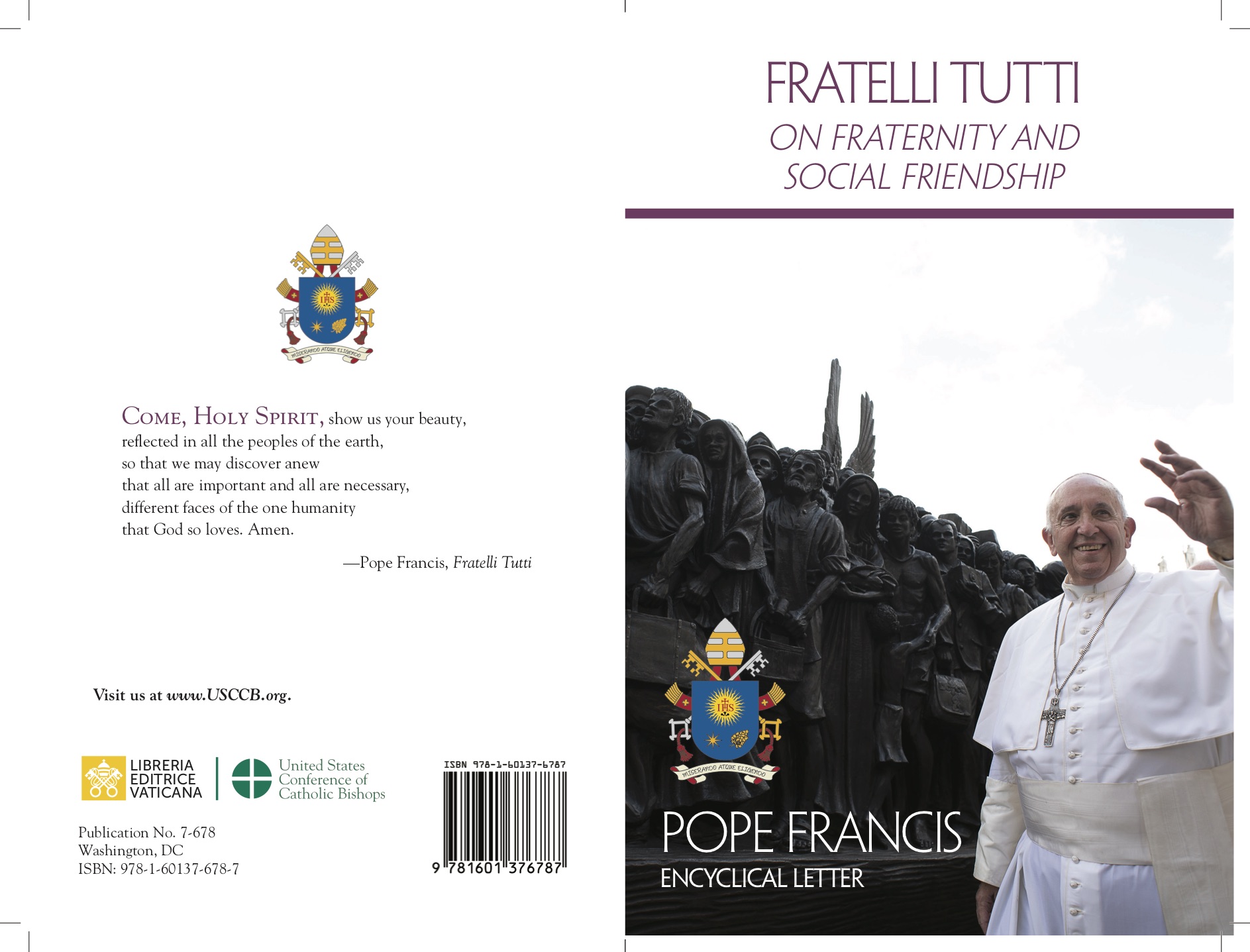
It was a beautiful summer day at the Tsarskoe Selo summer residence when Catherine II of Russia and her court were shaken by a tragic event. The young freilina Evdokija had mysteriously disappeared. Her clothes were found on the shore of the lake, but despite frantic searches, there was no trace of the girl. While nothing was ever heard again of Princess Evdokia Vjazimetseva, the Empress’s beloved lady-in-waiting, much was said about a strange woman who appeared shortly afterward. She called herself Euphrosyne, wore a coarse gray linen tunic that was inadequate against the cold, and caused a commotion in the markets by shouting and waving a stick, while preaching about returning to prayer and the Gospel. Euphrosyne lived in filth, spoke with animals, had great compassion for the suffering of others, and mortified her body through penance. People took her for a madwoman, and mocked, and insulted her. However, when she began to foretell the future, heal the sick, and see into the depths of souls, it soon became clear to everyone that this woman—far from being insane—was, in fact, a jurodivaya.
The word jurodivaya is the term used in Russia to describe those ascetics who chose the path of “foolishness for the love of Christ”. These men and women are capable of leading a life of penance and mortification in the name of the Gospel. They wandered the streets covered in filth and rags, or even completely naked, skeletal, prophesying misfortunes or blessings with a wild-eyed gaze. The way of the holy fools, which was rarely practiced in the West, gained a significant following in Russia beginning in the 12th century and continues to the present day. The Russian people, who by and large lived in conditions of extreme poverty, were always particularly devoted to these figures who were deprived of everything yet capable of bearing witness to the great redemption of faith.
Experts emphasize that foolishness should not be confused with madness. While madness can make dialogue difficult, it is possible to understand and communicate with the holy fools. Their total renunciation makes them free, capable of awakening consciences and exposing conventions and compromises. The stoltzy (fool) overturns social order, causes scandal wherever they go, but when necessary, can also step back and reason like a sensible person.
A special place in hagiographies and in the hearts of Orthodox believers is reserved for the holy fools who were women. Their numbers grew at the beginning of the 18th century, during the reign of Peter the Great, who, in his attempt to modernize the state, violently persecuted male jurodivye. However, he was not as harsh on women, whose eccentricity was perceived as less dangerous. Largely spared from the slaughter that decimated the male fools, the female fools continued almost undisturbed on the path of great hardship in the name of Christ, each in her own way but with many common traits.
In this choice, it is not difficult to recognize a drive for emancipation from the yoke of family and social conventions, often following traumatic experiences of domestic violence. This was the case for Marfa of Suzdal, who became a fool to escape her older brothers, who had reduced her to an unbearable state of servitude. Or Elena of Arzamas, whose calling to religious life clashed with the insensitivity of her parents, who sought to force her into marriage. On her wedding day, Elena did not hesitate to jump out of a window, strip off her bridal gown, and roll in a muddy puddle, which left her family and fiancé speechless. Unsurprisingly, the groom wanted nothing more to do with her after that.
The path of foolishness is usually embraced after a pilgrimage to the most important sanctuaries, which the fool undertakes strictly on foot and in a state of penance. It is not uncommon for a spiritual father to suggest this escape route, saying, “Become a fool for the love of God, my daughter. Cover wisdom with madness”.
Nevertheless, at the heart of the path of foolishness, there is certainly much more besides. Otherwise, how would it be impossible to endure the harsh burden that these “laborers of faith” impose upon themselves? How could one doubt the profound faith of Maria of Belgorod, who had a fondness for drinking but chose to atone for her sins by undertaking the fool task of digging a cave? For years, she chipped away at the rock with her bloodied hands, often persecuted by the police, until Tsar Alexander I finally agreed to fund the construction of a church inside the cavern where she had labored for twenty-five long years. In addition, how could one not feel compassion for Matrionuška Bosonožka, who walked barefoot from St Petersburg to the Solovetsky Islands and then all the way to Jerusalem? She paid no heed to the seasons—whether summer or winter—wearing only a simple white robe. Her extraordinary spiritual protection was said to have even saved her devotees from arrest by the Soviet militia.
Even during the revolutionary period, the great faith of the fools had an enormous influence. Their clairvoyance instilled fear, confusion, and even disarmed those in power to such an extent that the Soviet authorities often preferred to ignore them. This was the case with the blind Matrona of Moscow, who lived surrounded by icons and once predicted a terrible accident for the militiaman who had come to arrest her. Alarmed, the man rushed home—just in time to save his wife, who was on the brink of death. They decided to release Matrona, and she became a crucial spiritual guide for the faithful during the Communist persecution.
Nevertheless, it is the paradoxical choice of hardship—the fool’s decision to live in deprivation and outside societal norms—that moves hearts, testifies to freedom and redemption, and offers a glimpse into a new dimension of the future.
One cannot help but wonder whether there is still room for the labor of foolishness today? Can a vision, a belief that manifests as a radical, defiant gesture—a foolish presence in the chaotic world of social media and mass communication—still bring about change?
Sitting cross-legged in front of the Swedish Parliament, a young girl caused a scandal for months. “For climate change”, she says. She shouts at the powerful, is followed by the young, stirs the crowds, and predicts disasters. Many consider her mad. Yet, the fact remains, the world has stopped to listen to her.
by Eleonora Mancini
A graduate in Russian language and literature from a university in Italy, and specialized in translation at Moscow State University (MGU).














 Purchase the Encyclical here Fratelli Tutti
Purchase the Encyclical here Fratelli Tutti
